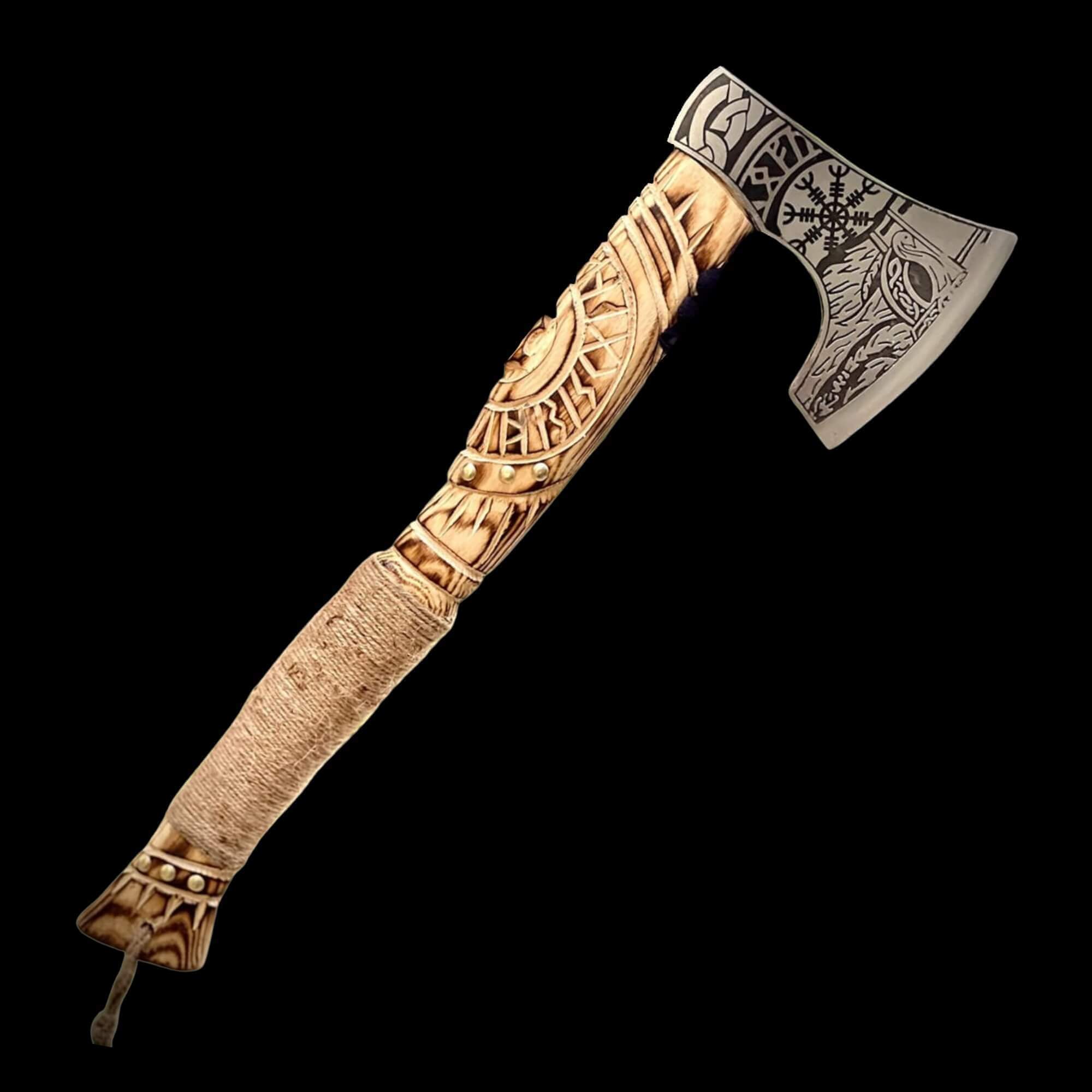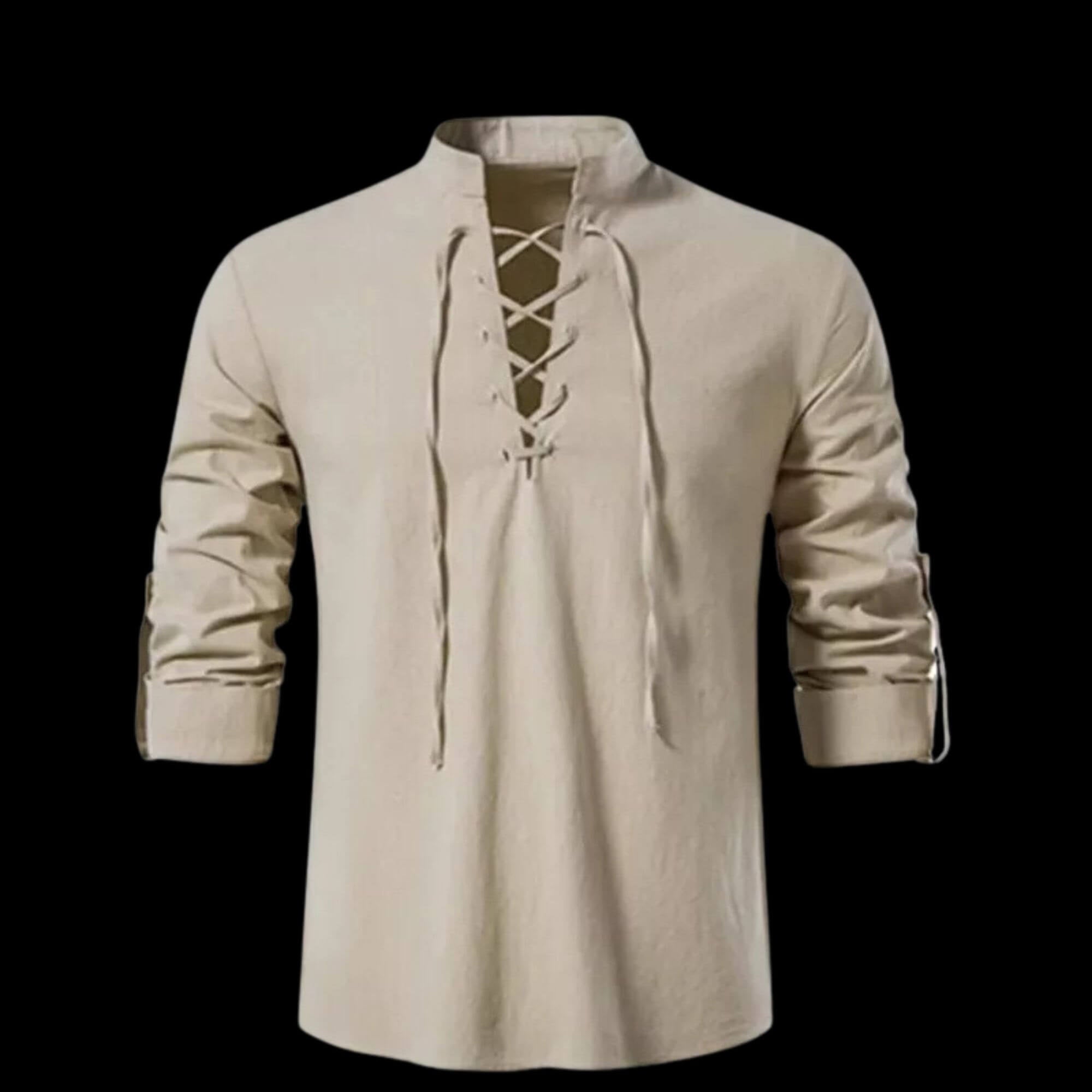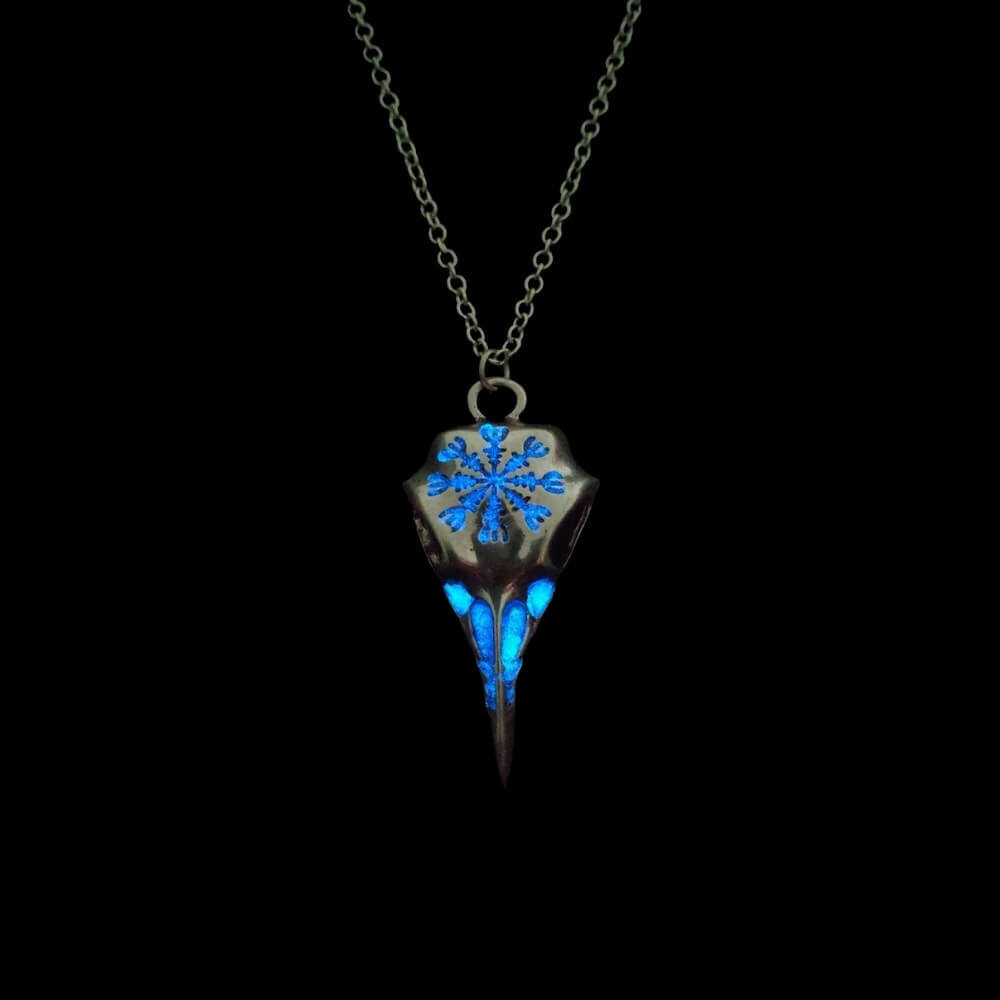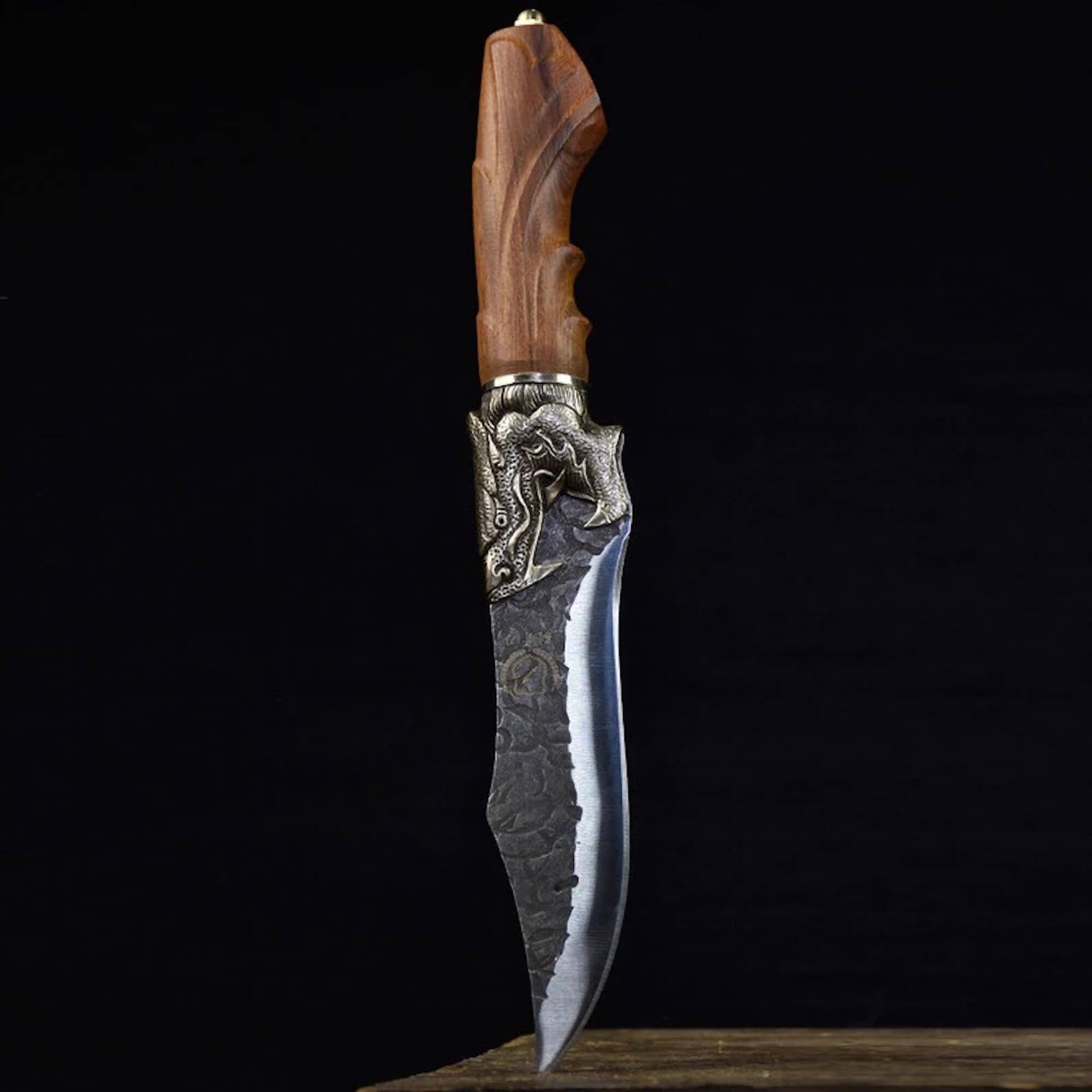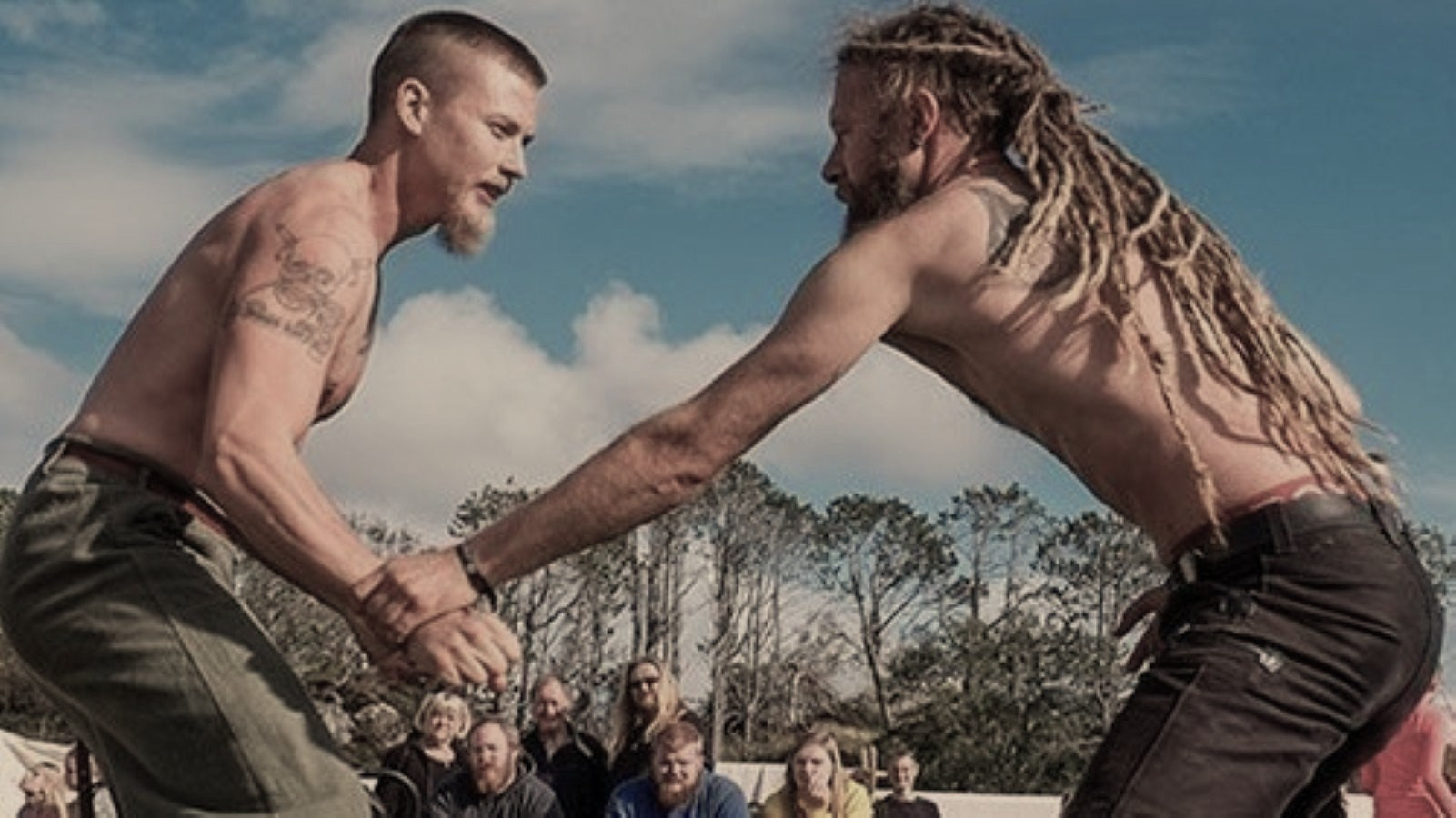
The Art of Glima: Wrestling in the Viking Tradition and Its Enduring Legacy
In the storied history of Norse culture, where battles were fought with both swords and wits, Glima stands as a testament to the Vikings’ physical and mental prowess. This ancient martial art is far more than a method of combat—it is a reflection of the Viking ethos, emphasizing strength , strategy , and honor . Passed down through generations, Glima serves as a bridge between the rugged warriors of antiquity and the modern practitioners who strive to preserve their legacy.
Origins of Glima: Born from the Land of the Vikings
Glima traces its roots to the untamed landscapes of Scandinavia , where survival depended on adaptability and resilience. In a society that revered physical capability, wrestling became an essential skill for both sport and self-defense. Unlike the brute-force fighting styles of other cultures, Glima emphasizes technique , agility , and efficiency , traits that mirrored the pragmatic approach of the Vikings to warfare and daily life.
The name "Glima" derives from Old Norse, meaning "glimpse" or "flash," reflecting the speed and precision required to execute its moves. Practiced by men, women, and children alike, Glima was not confined to warriors—it was a universal discipline that fostered community bonds and personal growth.
From a young age, Norse youths trained in Glima, learning how to grapple, throw, and subdue opponents with finesse. These skills were honed not only for combat but also for practical purposes, such as navigating icy terrains or defending against threats. Matches were often held during festivals, blending competition with camaraderie and reinforcing social ties.
Techniques and Philosophy: Mastery Through Efficiency
At the heart of Glima lies a repertoire of techniques designed to neutralize opponents with minimal effort and maximum effectiveness. Unlike modern wrestling styles that may prioritize brute strength, Glima focuses on leverage , balance , and timing . Key elements include:
- Throws and Trips: Using an opponent’s momentum against them to achieve quick takedowns.
- Joint Locks: Applying controlled pressure to immobilize or submit an adversary.
- Footwork and Agility: Maintaining fluid movement to evade attacks and create openings.
Glima’s three primary forms highlight its versatility:
- Lausatök (Free-Grip): A dynamic style allowing freedom in grips and holds, ideal for competitive matches.
- Hryggspenna (Backhold): A grappling technique focusing on maintaining back-to-back contact, testing endurance and control.
- Brókartök (Trouser-Grip): A unique form where competitors grip each other’s belts or trousers, emphasizing stability and leverage.
This diversity makes Glima adaptable to various scenarios, whether in friendly contests or real-world applications.
Symbolism and Ritual: Wrestling as a Sacred Act
Beyond its physical demands, Glima carries deep symbolic significance . Wrestlers often performed rituals before matches, invoking the favor of gods like Thor , the protector, or Tyr , the god of justice and combat. These ceremonies reinforced the spiritual connection between the wrestler and the divine, transforming Glima into more than just sport—it became a sacred act.
Elaborate costumes and ceremonial gestures added to the spectacle, turning matches into communal events that celebrated Viking identity. The emphasis on fairness and respect further underscored Glima’s role in upholding societal values, ensuring that matches ended without lasting enmity.
Legacy of Glima: Bridging Past and Present
Though centuries have passed since the Viking Age, Glima remains a vibrant part of Scandinavian heritage. Modern practitioners honor this tradition through workshops, tournaments, and cultural events, keeping the art alive for future generations. Organizations dedicated to preserving Norse traditions have played a pivotal role in reviving interest in Glima, introducing it to audiences worldwide.
Today, Glima is practiced not only in Scandinavia but also in countries influenced by Viking exploration, such as Iceland and parts of Europe. Enthusiasts appreciate its blend of athleticism, strategy, and historical depth, viewing it as a way to connect with their ancestors’ indomitable spirit.
Why Glima Matters Today: Resilience and Unity
The enduring appeal of Glima lies in its ability to transcend time and geography. For many, it represents a return to simpler values—those of resilience, resourcefulness, and unwavering determination. Practicing Glima fosters not only physical fitness but also mental fortitude, teaching participants to overcome challenges with grace and precision.
Moreover, Glima reinforces the importance of community. Like the Viking gatherings of old, modern tournaments bring people together, fostering friendships and mutual respect. It is a reminder that even in an era dominated by technology, there is value in reconnecting with our roots and honoring the traditions that shaped us.
Glima is more than a martial art—it is a living embodiment of Viking culture, carrying forward the values of strength, skill, and honor. Whether practiced in a bustling arena or a quiet training hall, Glima connects us to the rugged landscapes of Scandinavia and the formidable warriors who once called it home.
As we embrace Glima today, we pay tribute to the ingenuity and perseverance of the Vikings, ensuring that their legacy endures. Through every throw, every lock, and every match, we celebrate not just a sport, but a timeless tradition that continues to inspire and unite.

